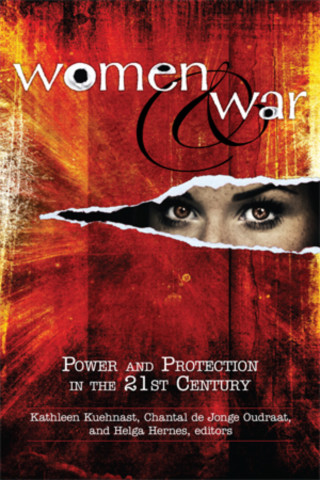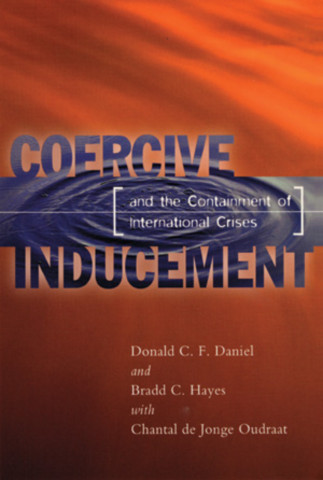Chantal de Jonge Oudraat
Chantal de Jonge Oudraat has been President of Women in International Security (WIIS) since February 2013. She has held senior positions at the Stockholm International Peace Research Institute (SIPRI) North America; U.S. Institute of Peace; Center for Transatlantic Relations, Paul H. Nitze School of Advanced International Studies, Johns Hopkins University; Carnegie Endowment for International Peace in Washington, DC; and the United Nations Institute for Disarmament Research (UNIDIR) in Geneva.
De Jonge Oudraat areas of specialization are: women, peace and security, gender, international organizations, arms control and disarmament, terrorism and countering violent extremism, peacekeeping, use of force, economic sanctions, U.S.-European relations. She has published widely on these issues. Her most recent publication is The Gender and Security Agenda: Strategies for the 21st Century (Routledge, 2020).
De Jonge Oudraat received her PhD in Political Science from the University of Paris II (Panthéon). She is a Dutch and US national.
Author's Books
In consideration of UN Resolution 1325 (which called for women’s equal participation in promoting peace and security and for greater efforts to protect women exposed to violence during and after conflict), this volume takes stock of the current state of knowledge on women, peace and security issues, including efforts to increase women’s participation in post-conflict reconstruction strategies and their protection from wartime sexual violence.
The concept of a “middle ground” between simple peace enforcement and traditional peacekeeping by lightly armed observers has been both ill defined and controversial. But the authors of this thoughtful yet challenging volume make a strong case for both the practicability and the desirability of such operations.
“Coercive inducement”—the term was suggested by Kofi Annan, when he was undersecretary general for peacekeeping—is a form of coercive diplomacy that relies more on the deployment and demonstration of military force than on the use of force per se. In the absence of such an option, the international community finds it hard to respond to a variety of crises, including ones that can spiral into genocide.
After first laying out general principles, the book explores four recent UN operations (in Somalia, Rwanda, Bosnia, and Haiti) in which coercive inducement was particularly relevant, and then presents operational guidelines for its use. Clear-sighted and pragmatic throughout, the authors conclude by suggesting when and to what extent the international community should commit itself to undertake coercive inducement.


